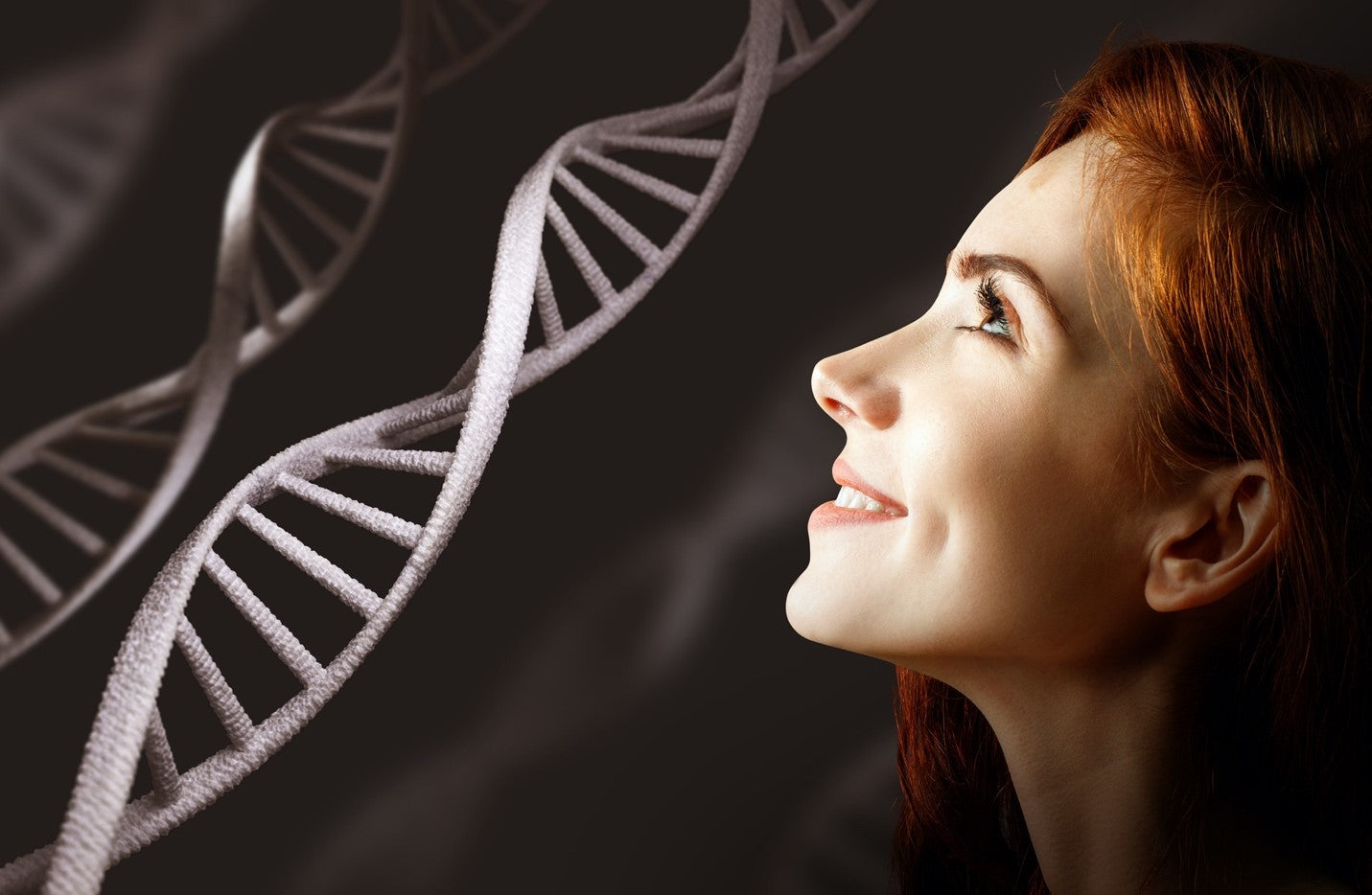[Read time: about 2 minutes]
What did one DNA molecule say to the other DNA molecule?
Do these genes make me look fat? 😳
Speaking of pants, you know how we say we have a pair of jeans?
Well, we can also say we have a pair of “genes.” Your genes come in sets – two copies of each specific gene that code for a particular protein and the body needs LOTS of protein.
In some cases you need both copies to function properly. Other times one gene of the pair serves as a backup in case one of them breaks down.

Turning your genes “on” and “off”
Whatever the need, your genes also have “on” and “off” switches. Your body doesn’t need every gene producing protein all the time.
Also, some tissues like muscle, brain, and liver only require certain genes for normal functioning.
Your body achieves this specialization through gene silencing.
How does the body silence its genes?
DNA is made up of little pieces called nucleotides that are linked together into long chains. Think of DNA as a metal chain with each link being a nucleotide.
On each nucleotide, there’s a little docking site that’s ready to receive a shipment.
That shipment is what we call a methyl group. It’s made up of one carbon atom and three hydrogen atoms.
The methyl group is delivered by a special ship called a DNA Methyltransferase or DNMT for short.
The process of silencing is simple. When the docking site is empty, the gene is activated. When the docking site is occupied, the gene is silenced and does not produce protein.

How does it know which genes to turn on and off?
Your body is tightly regulated, so it knows.
First of all, the body knows from birth which genes in specific tissues to turn on and off. This is why we are born with a highly organized body with different tissues, and not born as one big slimy blob.
Secondly, epigenetic modifications (genetic alterations due to different environmental exposures) directly affect activation or silencing.
These environmental exposures include the foods you eat, the air you breathe, the water you drink, the sleep you get, and any toxins or chemicals you’re exposed to.

What if something goes wrong?
Diseases such as cancer can occur when the DNA is either inappropriately silenced or activated.
One example of this occurs with tumor suppressor genes. These genes stop a cell from replicating itself if problems exist in the DNA, giving the cell time to fix its DNA before replicating.
If this gene is silenced incorrectly from birth or through epigenetic modifications, then the cell can’t stop itself from replicating when it has bad or broken DNA. So, it produces more bad cells. Over time, this can lead to a cancer diagnosis.
What to do today
Your genetics can determine the quality of your health. Fortunately, you can now privately and confidentially test your DNA to see which conditions you're likely to struggle with.
This lets you proactively influence your dietary, lifestyle, and supplemental changes and affect how your genes express themselves... for greater health and wellness.

Do not miss this podcast on how to express your genes!
This week, I interviewed the creator of MyHappyGenes.com, Dr. J Dunn.
Her father died at age 55 from lung cancer. His best friend then married her mom and did all the same (bad) things that killed her father... but he lived another 30 years.
Naturally, it made Dr. Dunn ask, “Why?”.
In this podcast she discusses what she discovered when she did a deep dive into why. And how it led to developing her own very private method of DNA testing.
Listen to the full podcast with Dr. Dunn here. It could be absolutely life changing.




